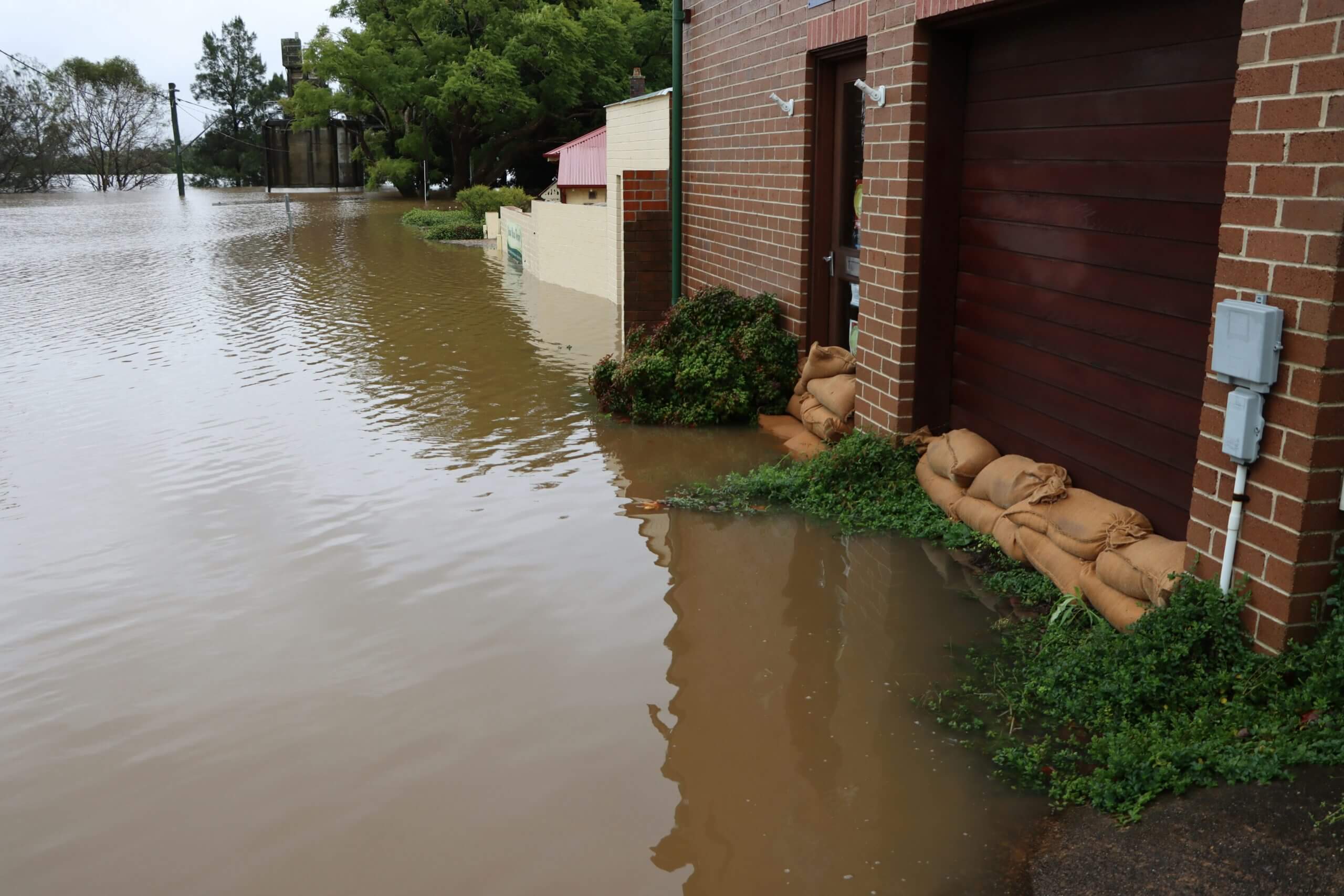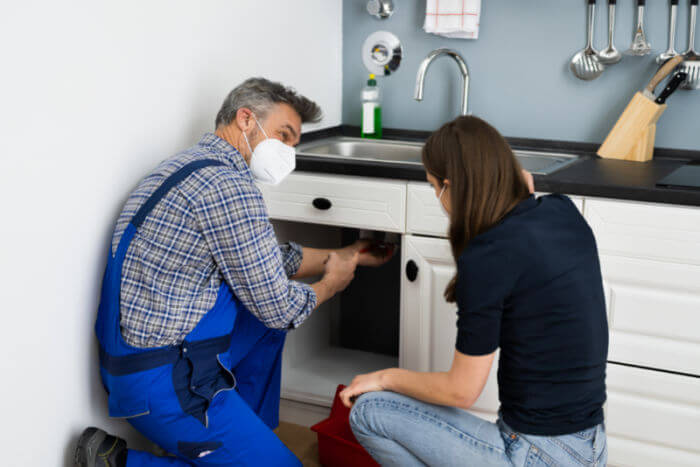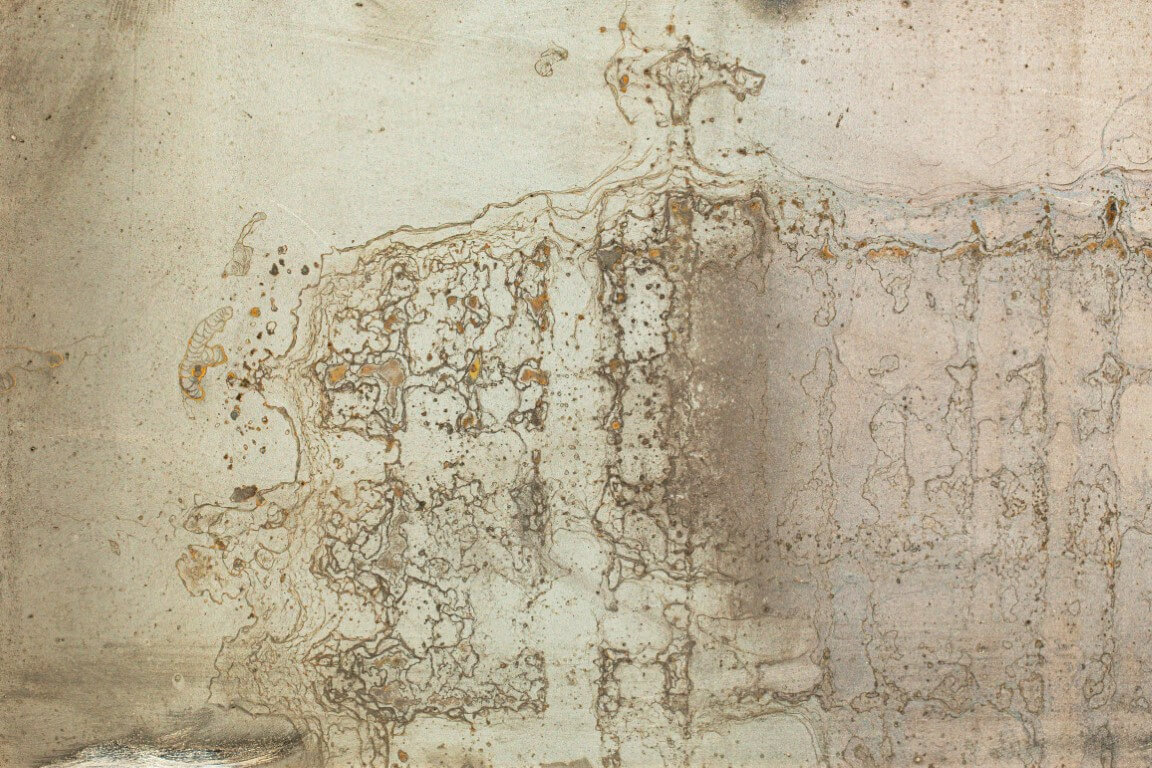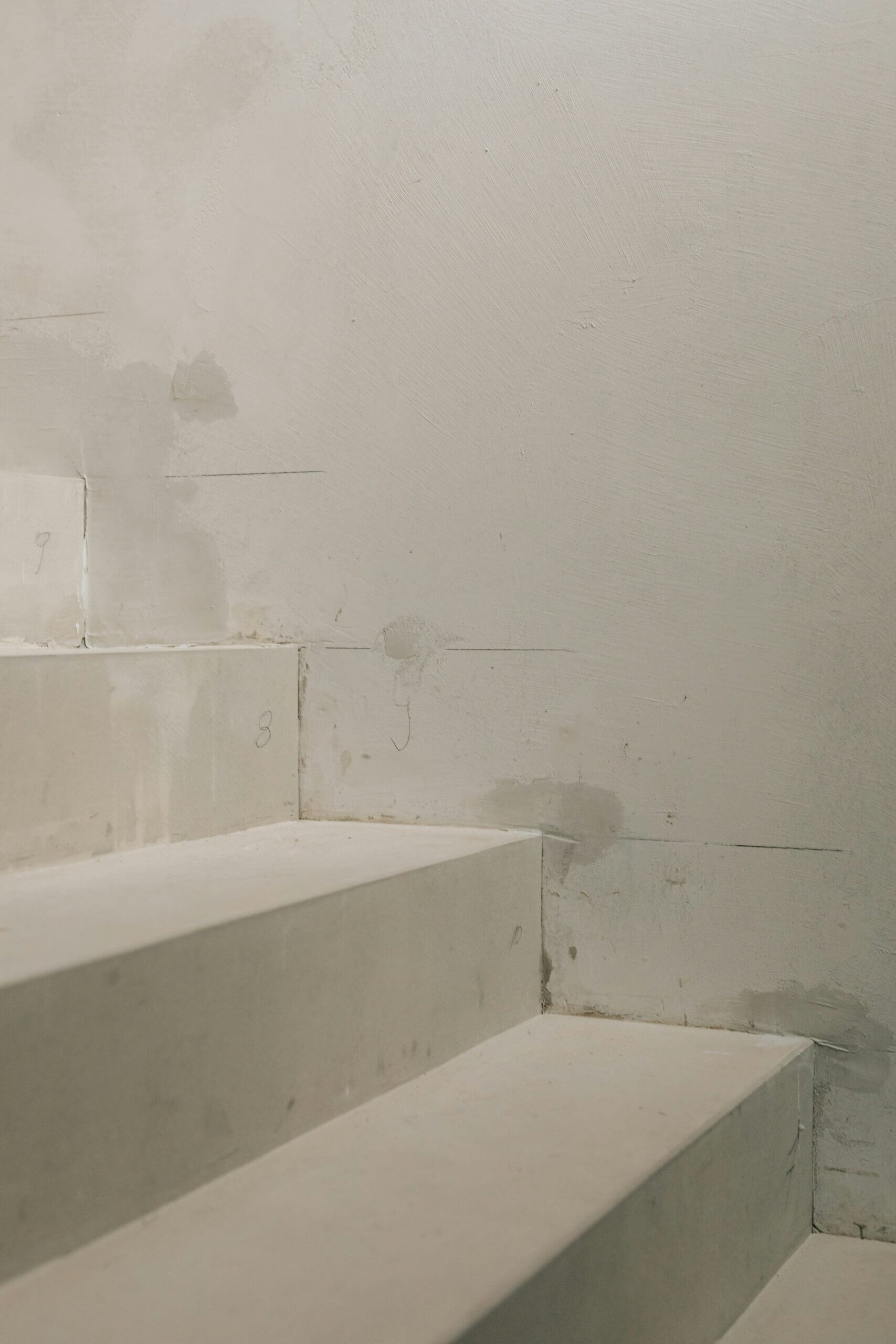Understanding the Categories & Types of Water Damage
Water damage happens when water ends up in places it shouldn’t. It might come from a slow pipe leak, a sudden burst, heavy rain that overwhelms your gutters, or even floodwaters from a nearby storm. No matter the cause, water damage can quickly lead to mold, rust, rot, and structural problems. If it’s not addressed right away, it can also create serious health risks. The level of damage depends on how much water is involved and where it came from. That’s why it’s important to understand the different categories of water damage. Knowing the type can help you decide whether you can handle the cleanup or need help from a professional.
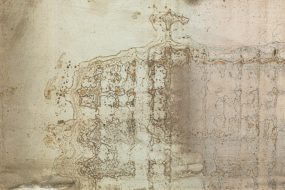
Overview of Water Damage Categories
Not all water damage is the same. A small leak from a clean water source might be an easy fix — often just a few days of drying with fans. But when the water is contaminated, the risks and repairs become much more serious.
To help homeowners understand the level of danger, the Institute of Inspection, Cleaning, and Restoration Certification (IICRC) breaks water damage into three categories:
- Category 1: Clean water that poses little to no risk to your health.
- Category 2: Gray water that may contain some contaminants and could cause illness if touched or ingested.
- Category 3: Black water, which is highly contaminated and can be dangerous to your health.
Knowing the category can help you act quickly and safely when water damage strikes.
Category 1: Clean Water
Category 1 refers to damage from clean water. This water comes from a sanitary source. A good example is water damage that results from a burst water pipe. The damage comes from water that is flowing into your home and thus is safe to drink; that means that you won’t face any substantial risk if you come into contact with the water while you clean up the mess.
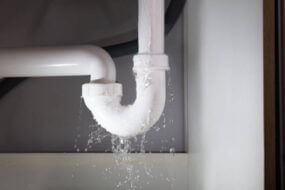
It may also come from other generally safe sources, like rainwater, melting snow, or overflowing fixtures such as sinks and bathtubs.
This water might introduce mild contaminants into your home. For instance, a rainwater leak could bring some contaminants from your roof into your attic, but these contaminants are not usually dangerous. Therefore, you can usually clean up a small bit of water damage from clean water on your own, with no need to call a professional.
Category 2: Gray Water
Gray water is where things start to get a little more complicated. This type of water contains contaminants that can cause illness or irritation if you’re exposed to it. It often comes from appliances like dishwashers or washing machines. While the detergents and chemicals in gray water are safe for cleaning your dishes and clothes, they can lead to skin irritation or allergic reactions if they come into contact with your skin.
Other sources of gray water might include sump pumps, aquariums, and overflowing toilets. This water often contains harmful bacteria or mold, which can lead to significant health issues, especially for those who have compromised immune systems.
Since the area must be carefully disinfected, category 2 water damage should be handled by a professional.
Category 3: Black Water
Category 3 water damage, or black water, is the most dangerous type. Black water is heavily contaminated and can lead to serious health problems if the proper steps, equipment, and personal protection are not used during cleanup.
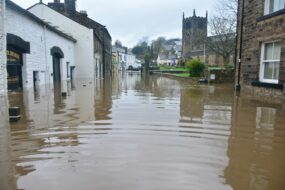
It can contain sewage, grease, food waste, harmful bacteria, toxins, and even heavy metals. This water often comes from major flooding events like rising rivers, seawater, or sewer backups. The risk increases when black water soaks into porous materials like drywall, carpet, or wood flooring.
Black water should always be handled by professionals. They have the equipment and protection necessary to preserve their health while cleaning up the mess. Extensive sanitation is required to recover from black water damage, and even then, some items in your home might be unsalvageable, such as furniture or carpets.
Causes of Water Damage
Water damage can come from many different events, but most causes fall into three main categories: natural, man-made, and structural.
- Natural Causes: Water can be one of the most destructive forces on the planet. When it comes to damage to your home, natural causes can include flash flooding, long-term flooding from nearby rivers and streams, standing water that builds up near or under your home over time, rainwater that overflows gutters and seeps into the foundation, storm water that finds its way under damaged shingles, ice dams that melt slowly enough to infiltrate your roof, and much more.
- Man-Made Causes: The most common man-made cause of water damage is a burst or leaking pipe. Water damage can be especially bad if you have a leaking pipe that you don’t catch and take care of right away. The constant drip of water can eventually lead to mold buildup, which then takes a professional to remediate. Other man-made causes can include appliance malfunctions, such as that broken hose to the washing machine, an overflowing bathtub, or a faulty water heater.
- Structural Causes: Poor construction or faulty materials can be to blame for some incidents of water damage. Without proper drainage, water can pool around your home and eventually seep into your foundation, causing serious structural problems. In some cases, the shifting of the land around your home – whether gradual erosion over time or a serious jolt that changes the land, such as an earthquake – can lead to structural problems that eventually allow water to infiltrate your house.
Keep in mind that most standard homeowners insurance policies cover water damage that is sudden and accidental, like a burst pipe or a broken appliance. However, damage caused by flooding or natural disasters typically requires a separate flood insurance policy.
Most policies also won’t cover damage that could have been prevented. For example, if a plumber warned you about a failing water heater and you didn’t take action, your insurance company could deny the claim due to homeowner negligence. That’s why it’s so important to regularly check your appliances and fix any issues before they turn into costly damage.
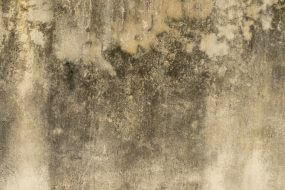
Health Risks Associated with Water Damage
Water damage isn’t just hard on your home — it can also pose serious health risks.
Mold and bacteria from water damage can trigger serious upper respiratory problems. What may seem like a mild cold — sneezing, itchy eyes, or a runny nose — can turn into lingering sinus infections, sore throats, headaches, and persistent coughing or wheezing. These symptoms are often signs that mold is present in the home.
Excess moisture can also affect your skin. Rashes, itching, and unexplained redness are common, and existing conditions like eczema or psoriasis may flare up. In some cases, skin issues may worsen to the point of needing antibiotics or antifungal treatments.
Even healthy immune systems can be affected by mold, but the risks are much greater for those with existing health conditions. Water damage can weaken the body’s defenses, increase the chance of infection, and make recovery from illness slower. Children, older adults, and anyone with a compromised immune system are especially vulnerable.
Restoration Processes
When you have water damage, the professionals will begin with an assessment. They will look at the problem, create a plan to handle the damage, and discuss the process and the cost with you before they proceed.
When they do begin the work, there are three phrases. Mitigation, remediation, and restoration are related to each other but the processes are different. Here’s what to expect.
- Mitigation: This phase focuses on stopping the water at its source and beginning the drying process. Professionals will remove standing water, bring in equipment like pumps, dehumidifiers, and blower fans, and inspect the structure for safety and the extent of the damage.
- Remediation: In this stage, the affected area is thoroughly dried, sanitized, and deodorized. Salvageable materials are cleaned, while items that can’t be saved, like furniture, carpets, or drywall, are safely removed to prevent mold and contamination.
- Restoration: The final phase involves repairing and replacing damaged parts of the home, such as flooring, drywall, and ceilings. Surviving carpets and upholstery are professionally cleaned, ensuring the area is fully restored and protected from future mold issues.
A significant step in restoration is making certain that the damaged areas are completely dry. The pros do a variety of tests to make sure that every inch of the property – including deep inside any wood beams or foundation areas – are dry throughout. Once this is done, you can begin with the repairs your home needs.
Preventative Measures
Of course, the best way to handle water damage is to avoid it in the first place. Preventative measures can go a long way toward ensuring that water doesn’t infiltrate your home. While some situations are beyond your control — like a flash flood that overpowers even the best defenses — there are still steps you can take to reduce your risk. Here are a few tips to help you stay prepared and protect your home from water damage.
- Regular Maintenance: This is by far the best way to prevent water damage in your home. Regularly inspect the pipes under the sinks and the water connections to appliances. Spring into action at the first sign of a leak or a deteriorating appliance. By keeping up with regular inspections and maintenance, you can solve the majority of water problems before they become a serious issue.
- Installation of Water Detection Devices: Place water detection alarms in areas where water could begin to leak, such as under sinks, behind toilets, near the water heater, and in basement areas that are usually protected by sump pumps. These devices can be stand-alone that sound off when moisture touches them, or they can be attached to a whole-house alarm system.
- Proper Sealing and Caulking: Make sure all pipes and fixtures are well-sealed to prevent leaks. Pay special attention to areas like the base of toilets, around bathtubs, and showers. Worn-out or cracked caulk can let water seep into floors and walls over time — so if it looks old or damaged, replace it right away to keep moisture out.
- Landscaping Considerations: Keep water from outside your home from coming into it. Consider French drains around your home to route water away from the foundation, or the same drains in the basement to filter water out of your home if it seeps in from the ground underneath. Retaining walls and sloped landscapes can route water away.
- Gutters and Downspouts: Make sure your gutters are always clean and your downspouts are firmly connected to avoid water spilling into the ground right beside your home. Walk around during a heavy rain and observe how water flows away from your home. If you see any problems, call an expert right away.
When to Contact Professionals
If the issues arise from gray water or black water, always call in the professionals. They have the tools to clean it up as well as the personal protective equipment they need to ensure everyone stays healthy through the process.
And finally, if you believe that the water damage will be bad enough to file an insurance claim, always call in the professionals. Their documentation can mean the difference between an insurance claim approval or denial.
